Sunset, Evening Glow, and the Sea
The Definition of Xiamen
Always romantic and captivating,
So I thought,
When writing about Xiamen,
It should be soft and beautiful.
1. The City of Summer
“Xiamen”—
These two characters are so well-known that for many,
The first image of Fujian is often this city.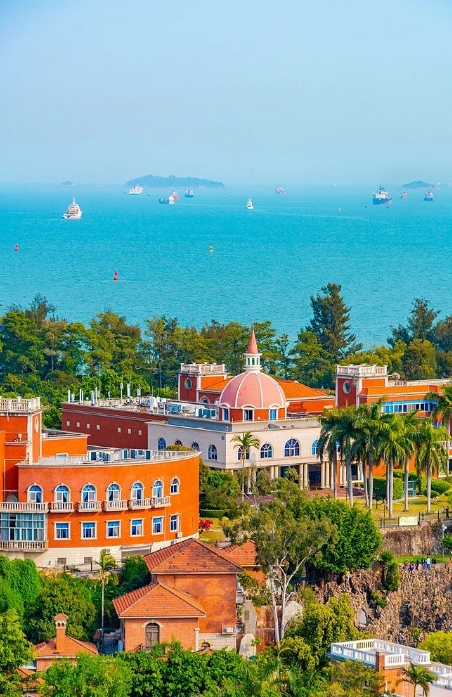
This is China’s smallest sub-provincial city by area.
On the map,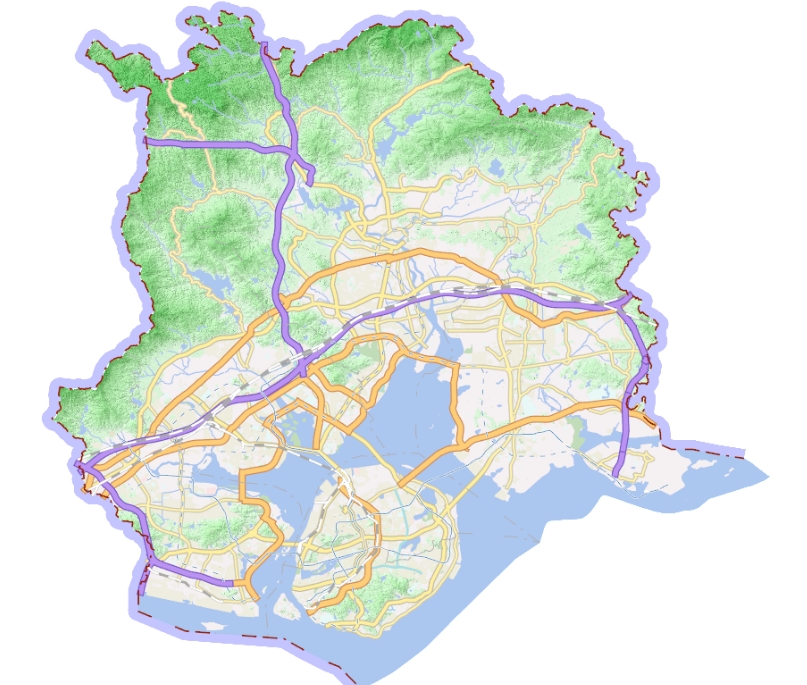
Land ends here, and the sea begins.
Xiamen’s four large districts—
Haicang, Jimei, Tong’an, and Xiang’an—
Are situated along the land’s edge.
Meanwhile, Siming and Huli districts
Lie on Xiamen Island and Gulangyu,
Where most visitors flock,
On the southeastern tip of mainland China.
Xiamen is a classic island city.
Especially on Xiamen Island and Gulangyu,
No matter which direction you walk,
You’re greeted by the vast sea and sky.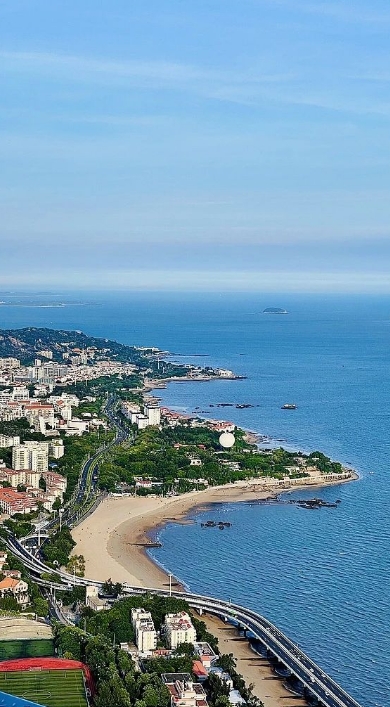
The city’s unique geographic location gives it a maritime monsoon climate,
Making it feel like summer never ends here.
Just like the flowers that bloom year-round in this city,
From the fiery phoenix trees to vibrant bougainvillea,
They are wild, radiant, and alluring.
As more and more charming small cities rise in popularity,
Xiamen’s fame as an early “internet celebrity” travel destination
Has not faded at all.
Visit Xiamen Botanical Garden and immerse yourself in a tropical rainforest.
The trees are like another sea,
The wind like another wave.
When the Tyndall effect occurs,
Light takes on a tangible form.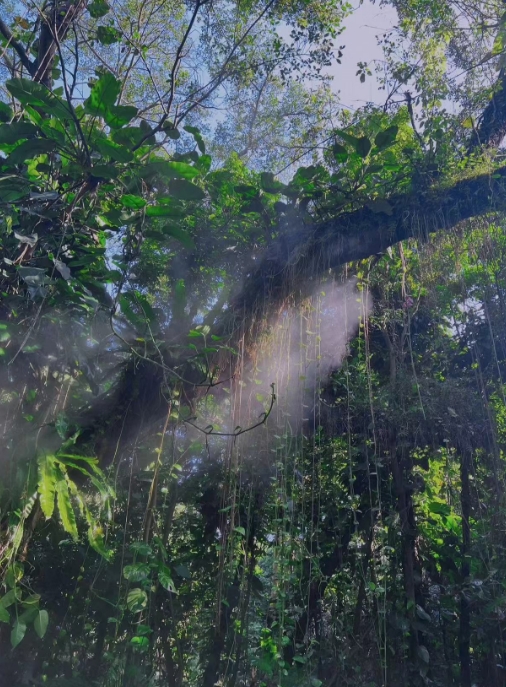
Take a ride on Metro Line 1,
And when the train emerges above the sea,
The view from the window feels like stepping into an animated world.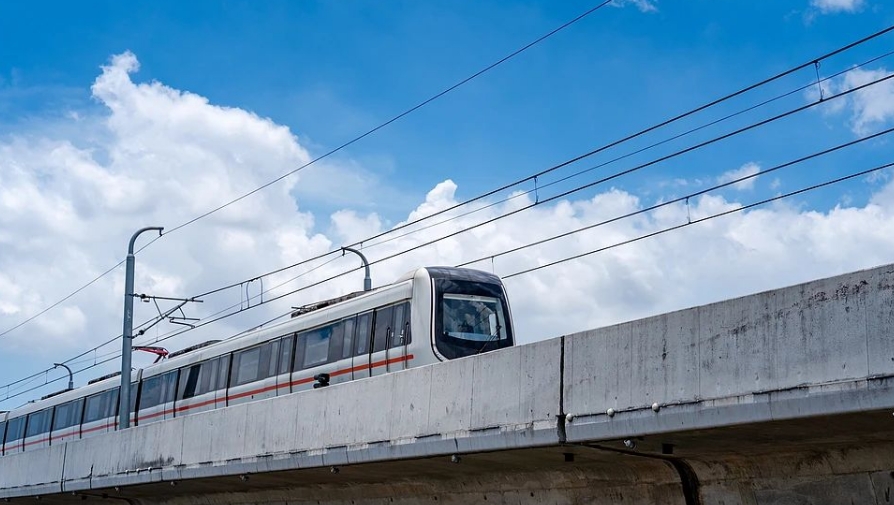
Watch a sunset at Yanwu Bridge,
When the sky and sea are painted in golden hues.
Do those who once watched the sunset together
Still stay in touch?
People often joke that after living in Xiamen for a while,
It’s hard not to develop a romantic outlook.
And Xiamen’s romance starts with the sea,
But it doesn’t end there.
2. The Soul of Southern Fujian
Perhaps it’s the charm of this land that has drawn people here throughout history.
They come to settle and eventually take root.
On April 6, 1921,
Chen Jiageng, praised by Mao Zedong as “the flag of overseas Chinese, the glory of the nation,”
Established Xiamen University with a vision of using education to save the country.
It was the first university founded by overseas Chinese in modern Chinese history.
A hundred years later,
Xiamen University is recognized as one of the most beautiful universities in China.
Backed by Wulao Peak,
With the morning bells and evening drums from Nanputuo Temple,
Facing Xiamen Bay to the south,
Its doors open to Baicheng Beach.
Lu Xun, who once taught here, remarked,
“Backed by mountains, facing the sea, it has an unparalleled view.”
(Lu Xun: Yes, I really said that.)
The campus buildings, combining Western and Fujian architectural styles,
Were personally designed by Mr. Chen Jiageng.
The Western-style structures,
With traditional southern Fujian features like upturned eaves, red bricks, and glazed roofs,
Are all unique and distinctive,
Leading to the fame of “Jia Geng-style architecture.”
Across the sea from Xiamen University
Is the famous “garden on the sea”—Gulangyu Island.
Legend has it that
At the southwest tip of the island,
A sea-eroded cave creates drum-like sounds when struck by waves.
Thus, since the Ming Dynasty,
The island has been called “Gulangyu,”
Meaning “Drum Wave Islet.”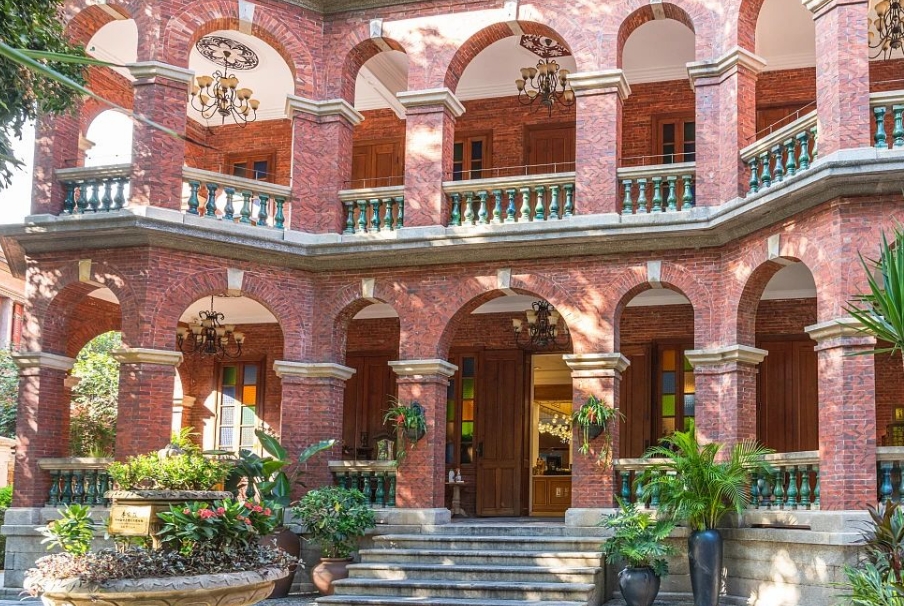
Walking along the cobblestone paths of Gulangyu
Feels like traveling through a century-old corridor.
Over 900 historical buildings here
Bear witness to a turbulent era
And hold the keys to the past.
In 1913,
Merchant Lin Erjia built a sea-view garden,
Shuzhuang Garden, on Gulangyu.
Within this three-football-field-sized garden,
The clever design of borrowing scenery and concealing the sea with hills
Showcases the beauty of classical Chinese gardens to perfection.
One of the most striking buildings on the island is Bagua Tower,
With its red dome.
Built in 1907, this century-old structure has weathered time,
And after restoration, it’s now the renowned “Organ Museum.”
Today, the island attracts countless visitors.
On this small island,
Every building has a story,
And every street is steeped in legend.
It was also here on Gulangyu that poet Shu Ting wrote her famous poem,
“If I love you—
I will never cling to you like the trumpet vine,
Using your height to show off my own.”
Undoubtedly, her poem To the Oak is moving,
Perhaps because this island is so captivating.
Captivating, too, is the taste of Xiamen.
What does Xiamen taste like?
Some say Xiamen tastes like soy sauce and seafood.
Visit the Eighth Seafood Market and grab a bag of freshly arrived seafood,
Cook it up with soy sauce,
And pair it with congee and side dishes.
It’s a comforting meal,
A daily routine for many old Xiamen residents.
Others say Xiamen tastes like satay.
Satay noodles are one of Xiamen’s most famous dishes.
Satay sauce, originating from Southeast Asia,
Is made from sesame, garlic, herbs, peanut oil, shrimp, and chili.
It’s the soul of the dish,
Combined with chewy noodles, fresh prawns, bouncy fish balls, and crispy fried tofu,
Every bite is rich and unforgettable.
Some say Xiamen tastes like peanuts.
A bowl of warm, sweet peanut soup seems to be a unique flavor of Xiamen. One sweet, sticky sip brings your taste buds to their highest delight. But of course, the taste of Xiamen goes beyond this. Xiamen’s significance lies in the stories that are even more inspiring.
3. The Gateway to Xiamen
Xiamen’s unique location and historical trajectory are closely intertwined with modern China’s fate.
In the 1840s, Western powers opened China’s doors with cannons. Xiamen became one of the “Treaty Ports,” and in a humiliating way, it was forced into a challenging transformation towards modernity.
By the 1980s, Xiamen became one of China’s first Special Economic Zones, and from that moment, its doors opened wide.
Back then, this land was nearly a blank canvas—no infrastructure, industries in their infancy, a shortage of talent, small size, and a lack of funds. But embedded in the DNA of the people of southern Fujian is the saying: “Three parts rely on fate, seven parts rely on effort.”
Over the next years, the challenges were gradually overcome by the hardworking and determined people of Xiamen.
Xiamen was the first to use foreign loans to build an airport and ports, the first to implement the paid transfer of land use rights, and the first to introduce open bidding for government procurement. It also established China’s first joint venture bank.
Compared to other sub-provincial cities, Xiamen’s economic scale may be smaller, but it found its “special formula”—being “small but refined.” Now, Xiamen has developed billion-dollar industrial chains in flat-panel displays, computers, and telecommunications equipment, among others.
Xiamen is ambitious. Throughout its history, this city has always moved forward, always progressing.
Xiamen is inclusive. Every new change finds its place here.
A city on the sea, and the sea within the city. Xiamen’s story continues.
Xia, like summer.
Men, like our gateway.
I’ve thought of a hundred ways to describe Xiamen, but none of them match seeing it with your own eyes.
What I mean is—let’s visit Xiamen together next summer.